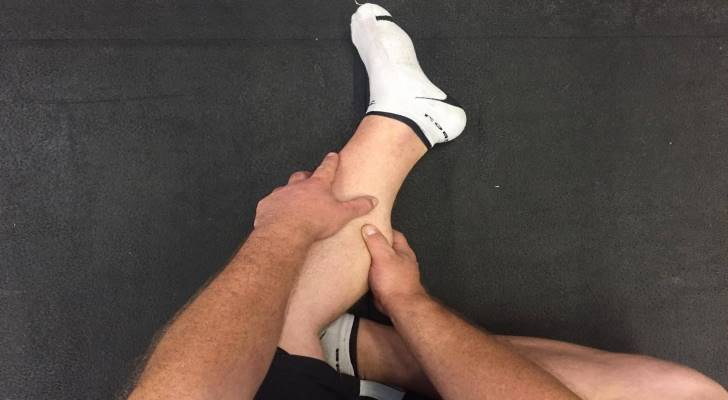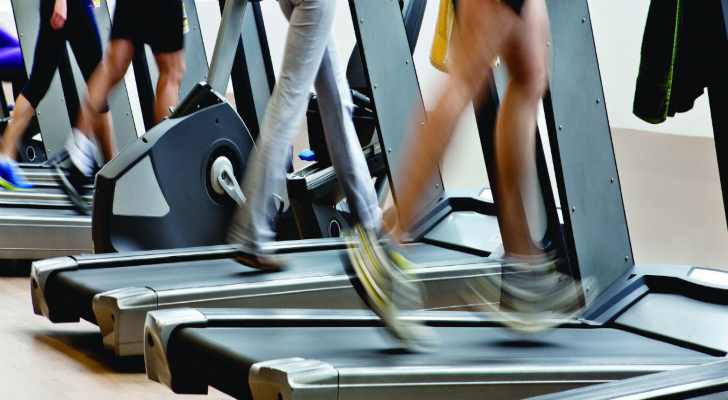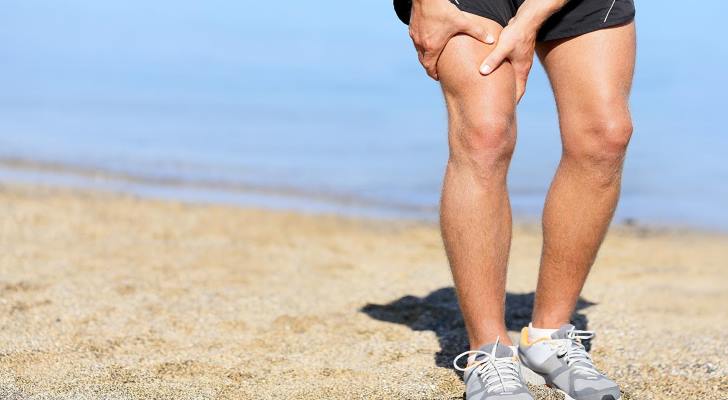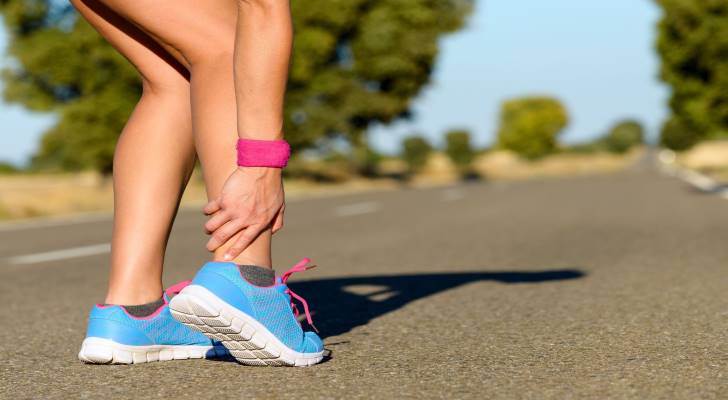
Definition of Shin Splints. Episodes of aching along the front of the lower leg (tibia) are commonly described in sports medicine literature under the term “shin splints” (medial tibial stress syndrome). Reports associate this presentation with activities that involve repetitive impact or loading of the lower limbs. Examples include periods of intensified training or frequent impact-based exercise, where demand on the tibial region and surrounding tissues increases.

Occupational and recreational groups frequently discussed in overviews include dancers, runners, and military personnel. Publications note that higher training volumes correlate with higher incidence of overuse complaints. Estimates cited in athletic cohorts describe proportions around 10.7% in male and 16.8% in female athletes within specific samples, particularly among those whose routines emphasize running or similar impact activities.

Common explanatory models attribute shin splints to increased repetitive load on the tibia. When loading exceeds recent conditioning, the connective tissues that interface between bone and muscle can be subjected to heightened stress. Descriptions frequently mention localized tenderness and a sense of swelling or inflammation in the affected region corresponding to exercise demands.

Related discussions describe how continued impact can contribute to stress injury of bone. Repetitive pounding is referenced as a factor in the development of small cortical cracks termed stress reactions or stress fractures. Rest periods are noted in literature as a contextual factor in tissue recovery; without intervals between loading, minor reactions may progress in severity in some scenarios.

Signs often highlighted include aching and tenderness along the tibia, sometimes accompanied by visible or palpable swelling. In descriptions of long-standing cases, nodular thickening or lump-like areas may be reported near sites of irritation. Occasional mild skin redness is mentioned in some narratives. Early on, discomfort may subside after stopping activity; with ongoing load, reports note a trend toward more regular or pronounced pain.

Populations discussed as having elevated exposure include individuals engaging in frequent impact activity. Cited risk factors encompass relative muscle weakness, limited flexibility, foot mechanics (e.g., flatfoot), abrupt changes in training, footwear not suited to task demands, and high running volumes. Terrain characteristics such as downhill routes or slanted surfaces, and activities with frequent sudden stops, are also referenced in association lists.

Diagnostic approaches commonly begin with a history that documents training patterns, recent changes in workload, and symptom characteristics. Questionnaires or interviews in sports settings often capture timing, intensity, and activity context of pain. Reports note that regular participation in impact exercise features prominently in many histories, alongside descriptions of tenderness location and related sensations.

Physical examination is described as useful for localizing tenderness and assessing contributing factors. Literature notes that running is one of several potential contributors; as loading continues, some individuals describe discomfort even during walking. Palpation sensitivity along the tibial border is frequently mentioned. Imaging modalities—such as X-ray, bone scan, or MRI—appear in references to differentiate shin splints from stress fractures, with radiographs sometimes noting cortical thickening.

Prevention concepts in educational materials outline equipment and training considerations. Examples include footwear described as providing task-appropriate support and alignment. Sources discuss selecting surfaces commonly used in sport-specific training and matching them to activity demands. These summaries present general characteristics without prescribing individual choices.

Training-framework discussions emphasize balancing higher-impact drills with lower-impact conditioning in program design. Overviews mention progressive workload changes, flexibility and mobility work, and inclusion of warm-up and stretching focused on the anterior lower leg, as examples found in coaching and sports-medicine literature. Descriptions are presented as general program elements rather than individualized directives.
Learn more about shin splints at Mayo Clinic.

